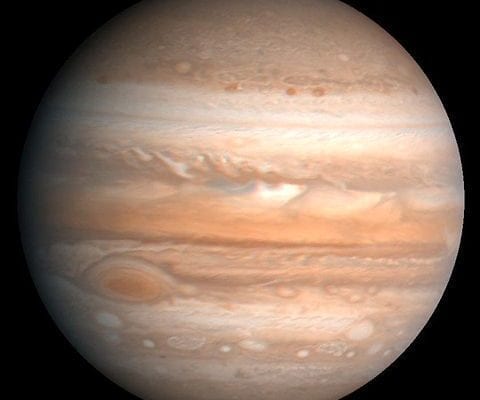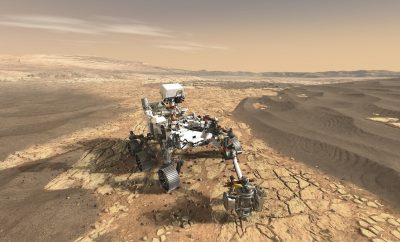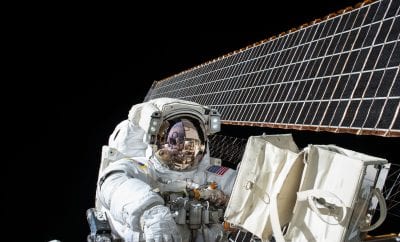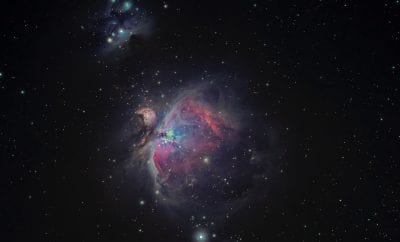
News
Astronomers Discover 12 New Moons Orbiting Jupiter
Just when we thought we had a pretty solid understanding of the celestial objects within our very own solar system, astronomers made a stunning discovery of a dozen new moons orbiting the massive planet of Jupiter. According to astronomers involved in the discovery, one of the moons is even on what they call a “suicide orbit” with Jupiter’s other moons, which will eventually lead to its violent destruction.
Researchers in the US were on the hunt for a proposed ninth planet that is thought to exist far beyond the orbit of Neptune and Pluto, the two most distant celestial bodies in our solar system. However, during the hunt, researchers caught glimpse of the moons back in March of 2017 but needed to confirm whether they were actually locked in orbit with Jupiter. According to Scott Sheppard, “It was a long process” to determine whether these celestial bodies were indeed newly discovered moons of Jupiter.
Jupiter isn’t particularly lacking when it comes to moons orbiting it. After the discovery of these 12 new moons, it brings the total number to 79, more than any other planet in our solar system. Nine of these new moons are part of the outer group of Jupiter, and they orbit in retrograde, meaning they travel in the opposite direction of the way the planet spins. The main theory on the origin of these moons is that were of larger moons of ancient plants that were broken apart during some ancient cosmological event, most likely due to collisions with comets or asteroids. According to their research, each moon takes about two years to circle the gas giant.
The real oddity of this discovery is the twelfth new moon, which has been described as a real “oddball” for a number of reasons. This moon measures about a kilometer wide, and circles Jupiter on a prograde orbit, meaning it crosses the other moons hurtling towards it. Scientists have named the moon Valetudo after the Roman god Jupiter’s great-granddaughter, the goddess of health and hygiene.
The unfortunate reality of this moon, however, is its eventual demise, due to its irregular orbit. Sheppard says “Valetudo is like driving down the highway on the wrong side of the road. It is moving prograde will all the other objects at a similar distance from Jupiter are moving retrograde. Thus head-on collisions are likely.” Likely is a relative term when regarding the cosmic scale of things, with collisions typically happening every hundred million to billion years, so don’t hold your breath for this eventual spectacular event.
This discovery is a fascinating insight into the untold wonders of our very own cosmic backyard. If 12 moons were orbiting a planet, undiscovered until now, imagine the hidden possibilities of what else is lurking out in the great expanse of space. Sheppard talks of how further research of these moons can even point us in the direction of even understanding the very origins of our solar system. “These outer moons,” Sheppard says, “are like the last remnants of the planetesimals, the first objects that formed our solar system.” With technology advancing at the rate it is, we are on the cusp of a major breakthrough in human space exploration, and taking the next step towards a better understanding of the last frontier.





0 comments